When last I discussed with y’all the status of testing on the first J-2X development engine, E10001, I showed you a video of our first mainstage test, A2J003. That article was posted just over a month ago. So, what’s been happening since then? Hopefully, this brief article will catch you up to where we are.
First, we had test A2J004 in early August. This test went the full, planned duration of 7 seconds. This was our first test with any sustained duration at mainstage conditions. Lots and lots of good data. The Datadogs and the analysts were absolutely giddy for days and days afterwards.
We then had test A2J005 in mid August. This test was scheduled for 50 seconds duration but it was cut off at 32.2 seconds due to a not-totally-unexpected redline cut. This redline cut was similar to the one described for A2J003. In fact, it was the same parameter although the test conditions were different. You can stomp your foot, or kick at the air, moan, whine, whatever; it doesn’t really make any difference (…which is not to say that we did any of this … well, okay, maybe a little whining…). This is all simply part of the learning process with a new engine. It is expected, necessary, and educational. Deep breath and all is well.
Here is a video of test A2J005: J-2X Fifty Second Test
However, after test A2J005 shutdown — several seconds after shutdown — we had a “pop.” These are not uncommon when ground testing rocket engines so let me use yet another automobile analogy (since I use them so often) to explain.
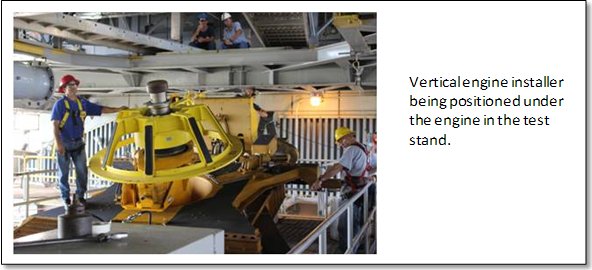
Just a few years ago, I was still driving my 19-year-old pickup that I bought just before grad school. Towards the end of its long and glorious life, my little red truck developed a habit of rumbling and grumbling to a stop long after I’d turned the key to “off.” Residual gasoline fumes and air and hot metal combined into a sequence of “blurrr, blurrr, cough, cough, blurrr … POP” (and the neighbors just loved that!). In essence, a similar thing happened on A2J005.
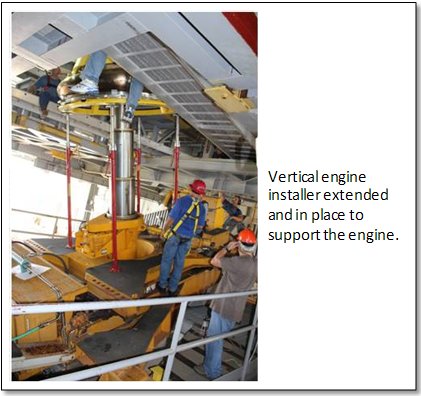
In flight, the shutdown environments are quite different than on the ground. When you’re way, way up in the atmosphere — or even outside of the atmosphere — the surrounding environment is effectively a vacuum, which is a very useful means of sucking out any residual propellants from the engine after shutdown. On the ground, residual stuff (leftover propellants and fuel-rich combustion products) doesn’t get pulled out as efficiently. We can and do push it out with inert gas purges, but they’re not always as effective as we’d like. And so, on A2J005, we didn’t get everything pushed out as well as we’d like and we had a “pop” — or, actually, a “POP.” Technically speaking, it was a detonation in the “lox dome,” i.e., the oxidizer manifold volume feeding the main injector.
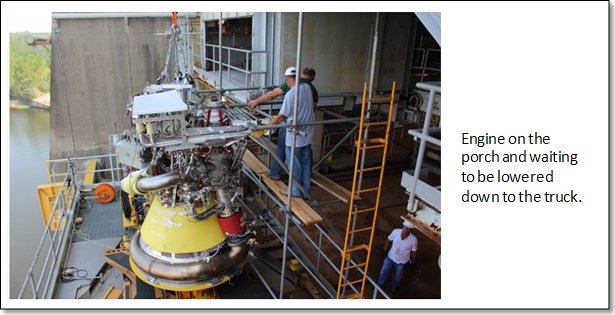
The bottom line is that we had some damage. It wasn’t anything that couldn’t be fixed and so, we’re fixing it. We didn’t bend any metal or anything like that. It’s more of breaking something that’s kind of like really tough plastic. Throughout this article you’ll see pictures of the engine being pulled out of the test stand because we couldn’t do the repair in place. After removal, we then took the engine back across the NASA Stennis Space Center to the assembly facility. In other words, we took it back to the garage for a tune up and we’ll be back in business soon. In fact, E10001 will be reinstalled by mid-September and we’ll be back into testing right around the start of October. Oh, and we’ll be doing a better job of avoiding pops based on what we’ve learned about purge rates and durations.
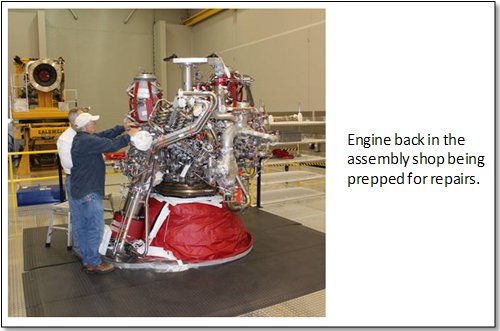
So, that’s where we stand. Two things to look forward to in the future: first, the upcoming report on test A2J006 after it happens, and, second, a discussion of another change we made to the engine while we had it in the shop. That latter discussion is an interesting technical tidbit regarding the internals of turbomachinery. So, “Don’t touch that dial!” and keep your set tuned to this station…
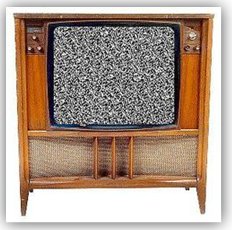
(I think that my grandparents had this exact set! Ahh, the good old days of vacuum tubes and horizontal hold.)
